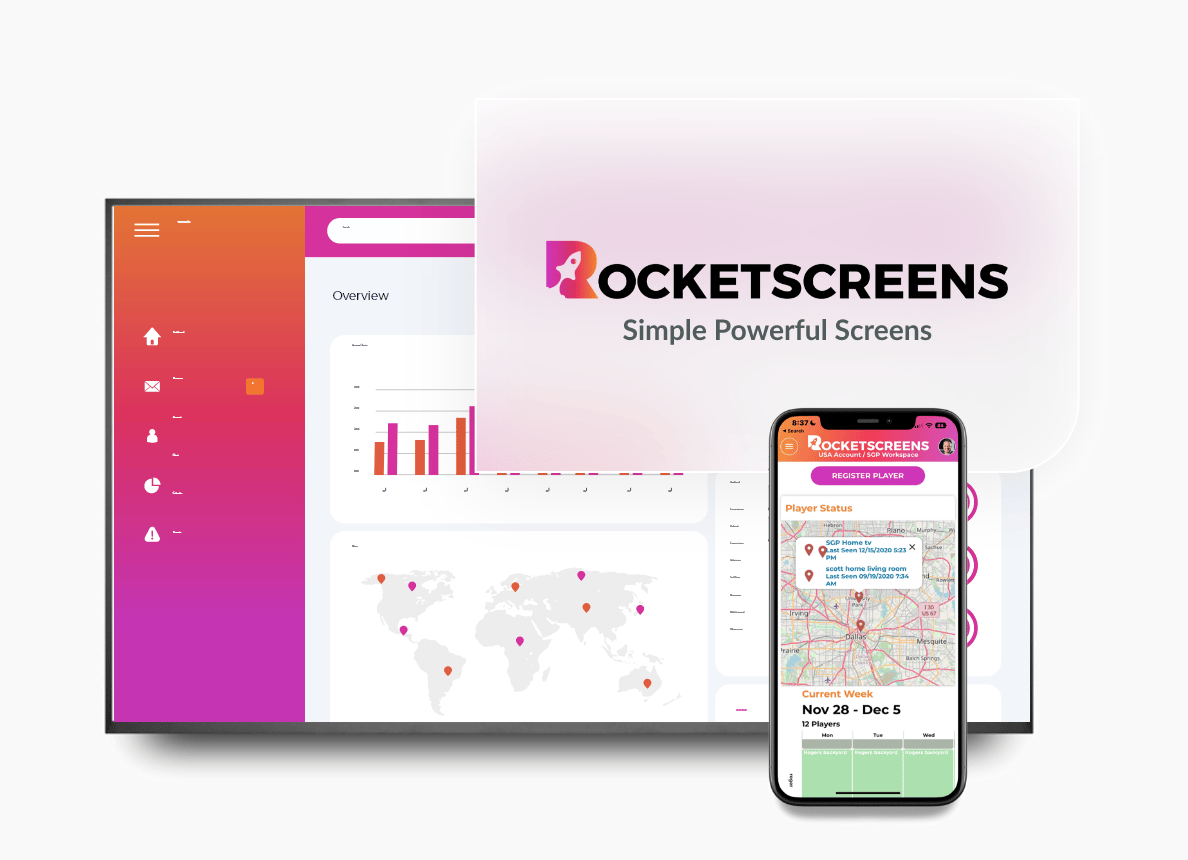
To fully leverage the remarkable capabilities of Microsoft Power BI and harness its potential to drive informed decision-making and business success, it is crucial to pay attention to a set of key considerations. By understanding and implementing the following essential details, you can embark on a journey to maximize the benefits of Power BI to propel your organization to new heights of data-driven excellence.
- Data Sources and Connections: Understand the various data sources that Power Bi can connect to, such as databases, Excel files, cloud-based services (e.g. Azure, SharePoint), web services, etc. Familiarize yourself with data connectors and data transformation tools.
- Data Modeling and Relationships: Learn how to create data models by defining relationships between tables. Ensure that relationships are established correctly to enable accurate data analysis and visualizations.
- Data Preparation and Transformation: Master data preparation techniques, including data cleaning, shaping, and transforming. Utilize Power Query Editor to manage complex data transformations.
- DAX (Data Analysis Expressions): DAX is a powerful formula language in Power BI used for creating custom calculations, measures, and calculated columns. Understanding DAX is crucial for advanced data analysis and creating meaningful insights.
- Data Visualization Best Practices: Study data visualization principles to design impactful and informative reports and dashboards. Learn to use various visualizations like charts, tables, maps, and custom visuals to present data effectively.
- Performance Optimization: Optimize the performance of Power BI reports by minimizing data model complexity, improving data refresh rates, and optimizing DAX calculations to ensure smoother user experience.
- Power Query M Language: Though not an essential as DAX, knowing the M language used in Power Query can help with more advanced data transformation scenarios.
- Power BI Service and Sharing: Understand the Power BI Service for cloud-based sharing, collaboration, and data refresh. Learn how to publish and share reports securely with colleagues and stakeholders.
- Row-Level Security (RLS): Explore Row-Level Security to control data access based on user roles and permissions, ensuring data confidentiality and compliance.
- Custom Visualizations and Extensions: Explore the Power BI marketplace for custom visuals and extensions that can extend Power BI’s functionality and cater to specific business needs.
- Mobile Responsiveness: Design reports and dashboards with mobile responsiveness in mind to ensure they look and function well on various devices.
- Power BI Premium Features: If you are working with large data sets and advanced features, consider the benefits of Power BI Premium, such as increased data capacity and improved performance.
- Continuous Learning and Updates: Stay updated with the latest features and updates introduced by Microsoft in Power BI. Participate in communities, forums, and online courses to learn from others’ experiences and expand your skills.
CONCLUSION:
Microsoft Power BI offers a world of possibilities for businesses seeking to unlock the potential of their data. To fully harness its remarkable capabilities, it is imperative to embrace a holistic approach that encompasses data sources, modeling, transformation, visualization, performance optimizations, and security considerations. By mastering these essential details and staying committed to continuous learning, you can embark on a journey to utilize and maximize the capabilities of Power BI.





